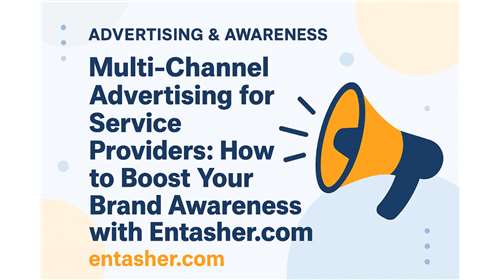1) Ancient Beginnings: The First Advertisers (3000 BCE – 500 CE)
In Thebes, Egypt (c. 3000 BCE), a papyrus offered a reward for a runaway servant—and slyly promoted the cloth shop of Hapu. In Greece and Rome, town criers belted out prices and events to crowded squares. Pompeii’s walls became the first outdoor ad network, painted with promotions for games and goods.
What changed
- From word‑of‑mouth to written notices
- From generic shouts to recognizable merchants
- From memory to media (walls, papyrus, symbols)
2) The Birth of Print: Handbills to Newspapers (1450 – 1700)
Gutenberg’s press turned messages into mass media. By 1472 Londoners were reading handbills for prayer books; by the late 1600s, newspapers sold space for coffee houses, shipping, and books.
3) Industrial Revolution: The Birth of Brands (1700s – late 1800s)
Factories flooded markets with similar goods. The answer was branding: names, marks, mascots, and promises that made parity products feel different. Pears Soap used lush illustrations and endorsements; Coca‑Cola sold refreshment as a lifestyle.
Creative breakthrough
Advertisers pivoted from “what it is” to “what it means.” Ads became stories about identity, aspiration, and trust marks.
Modern echo
Today’s DTC brands repeat the same play: design, promise, proof—at scale.
4) The Golden Age of Print & Radio (1900 – 1949)
Radio brought voice and music home. Full‑service agencies married research, copy, and art. Emotional targeting emerged—hope, fear, belonging.
5) The Mad Men Era: TV Takes Over (1950 – 1980s)
Television fused sight, sound, and story—creating national moments. Bernbach and Ogilvy led the creative revolution with wit, restraint, and truth‑told beautifully.
Top hits
- Volkswagen: Think Small (1959) — minimalism as megaphone
- Coca‑Cola: I’d Like to Buy the World a Coke (1971) — brand as shared feeling
- Brand characters: Tony the Tiger, the Jolly Green Giant
6) The Digital Dawn: Banners, Email, Search (1990s – 2005)
1994’s first clickable banner (“Have you ever clicked your mouse right here?”) opened the performance era. Email spread with built‑in virality (Hotmail’s footer tagline). Search ads finally linked intent to offer—and brought measurement to the boardroom.
8) AI & Personalization: Right Message, Right Moment (2016 – Now)
Algorithms predict intent; AI drafts copy, video, and images; short‑form vertical video rules attention. Yet the oldest law still wins: be relevant, fast, and compelling to a human—on the channel they already love.
Master Timeline: Milestones & Why They Matter
| Year | Milestone | Example / Impact |
|---|---|---|
| c. 3000 BCE | First written promotion | Thebes papyrus blends notice + shop plug (media is community) |
| 1440s | Printing press | Scalable reach; formats emerge (headlines, offers, coupons) |
| 1665 | Newspaper ads | Recurring placements build habit & frequency |
| 1880s | Branding surge | Pears, Coca‑Cola: product → promise |
| 1920s | Radio boom | Voice & jingle: emotion at scale |
| 1950s | TV dominance | National storytelling; creative revolution |
| 1994 | Clickable banner | Performance era begins; track → optimize |
| 2004– | Social platforms | Two‑way, shareable, creator‑led |
| 2016– | AI acceleration | Personalization + production at speed |
Timeless Playbook: What Works in Every Era
1) Audience > Medium
Find where attention gathers, then speak the native language of that place.
2) Promise > Features
Translate specs into outcomes. Sell the feeling people are really buying.
3) Truth Well Told
Great creative clarifies, it doesn’t inflate. Wit and restraint travel far.
4) Proof & Participation
Show—not just tell. Reviews, demos, creators, community.
5) Measure & Learn
Treat every placement as a hypothesis: test, iterate, scale.




7) Social Media & the Creator Economy (2005 – 2015)
Facebook, YouTube, and Instagram turned audiences into participants. Influence decentralized. Shareability, authenticity, and community took center stage.
Breakthrough campaigns
New levers
Social proof, creator partnerships, and algorithmic distribution rewarded native, platform‑first storytelling.